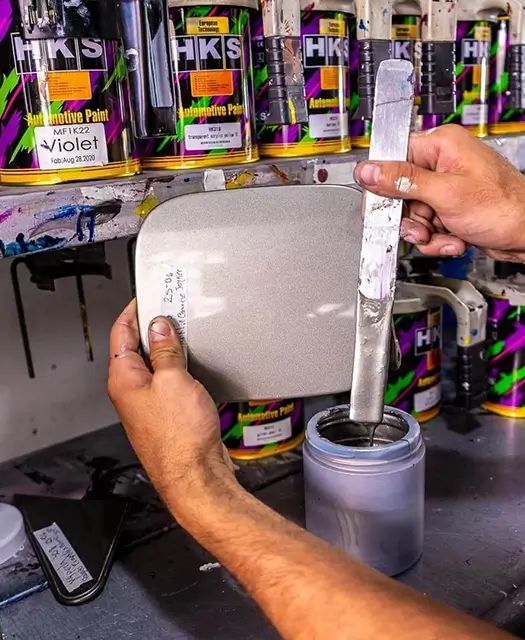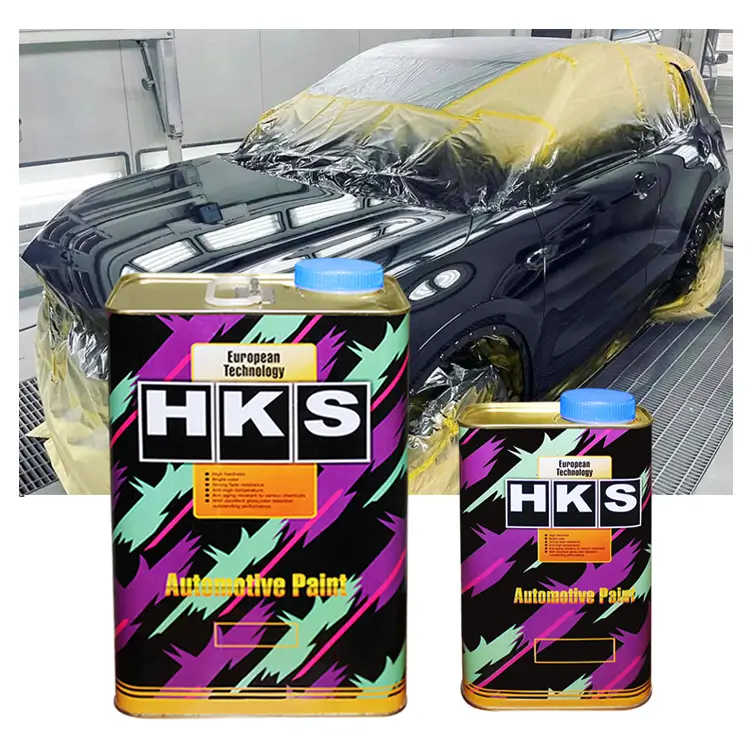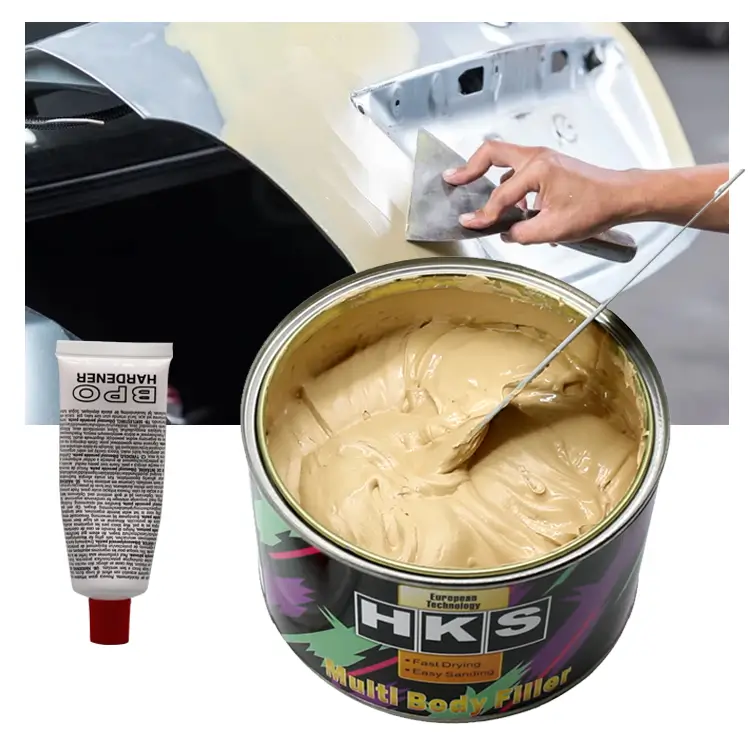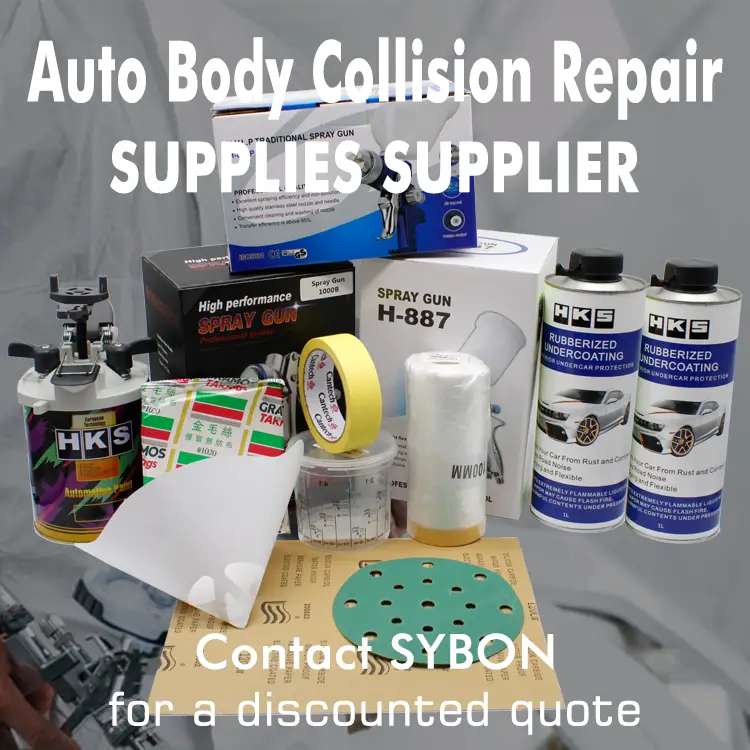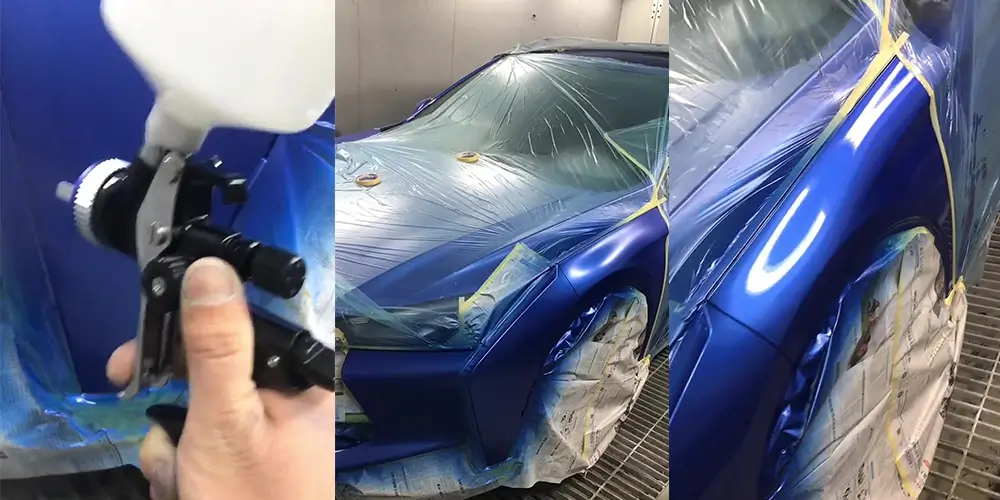How to Blend Automotive Paint
In the realm of automotive painting, achieving a flawless finish requires more than just skill; it demands a deep understanding of techniques, materials, and the intricacies of the blending process. As a leading manufacturer in automotive paint solutions, SYBON is committed to empowering professionals and enthusiasts alike with the knowledge needed to excel in this craft. In this comprehensive guide, we delve into the intricacies of blending automotive paint, offering insights, tips, and best practices to elevate your painting prowess.
Understanding the Basics
Before delving into the nuances of blending automotive paint, it's crucial to grasp the fundamentals. Automotive paint consists of multiple layers, including primer, basecoat, and clearcoat. Blending refers to the process of seamlessly transitioning between these layers to ensure a uniform and harmonious finish, particularly when repairing localized damage such as scratches or chips.
Preparation is Key
Achieving a flawless blend begins long before the paint touches the surface of the vehicle. Proper preparation is essential to ensure optimal adhesion, color matching, and overall finish quality. Begin by thoroughly cleaning and degreasing the affected area, removing any dirt, wax, or contaminants that may interfere with the painting process. Additionally, ensure the surrounding area is masked off to prevent overspray and ensure precise application.
Color Matching
One of the most critical aspects of blending automotive paint is achieving an accurate color match. Even slight variations in hue or shade can result in a noticeable discrepancy in the finished product. Utilize color matching tools such as spectrophotometers or colorimeters to precisely match the existing paint color. Additionally, consider factors such as metallic flake size and orientation, as these can impact color perception under different lighting conditions.
Blend Zone Identification
Identifying the appropriate blend zone is crucial for achieving seamless transitions between paint layers. The blend zone typically extends beyond the damaged area, gradually tapering off to seamlessly integrate with the surrounding paint. Avoid abrupt transitions or hard edges, as these can detract from the overall finish quality.
Application Techniques
When applying automotive paint, technique plays a significant role in achieving optimal results. Begin by applying a light coat of basecoat within the blend zone, gradually building up layers until the desired coverage is achieved. Feather the edges of each coat to ensure a smooth transition between layers. Additionally, pay close attention to drying times and environmental conditions, as these can impact paint adhesion and finish quality.
Clearcoat Application
Once the basecoat has been applied and allowed to dry, it's time to apply the clearcoat. The clearcoat not only provides protection and durability but also enhances the depth and gloss of the finish. Apply multiple thin coats of clearcoat, allowing adequate drying time between each coat. Take care to blend the clearcoat seamlessly with the surrounding area to achieve a flawless finish.
Polishing and Buffing
After the paint has fully cured, the final step is polishing and buffing to achieve a showroom-quality shine. Begin by wet sanding the painted surface with progressively finer grit sandpaper to remove any imperfections or orange peel texture. Follow up with polishing compounds and buffing pads to restore clarity and luster to the finish. Take care not to over-polish, as this can damage the paint and compromise the integrity of the blend.
Quality Assurance
Throughout the blending process, quality assurance is paramount to ensuring a flawless finish. Regularly inspect the painted surface for any imperfections or inconsistencies, addressing them promptly to maintain finish quality. Additionally, solicit feedback from colleagues or peers to identify areas for improvement and refine your technique over time.
Conclusion
Mastering the art of blending automotive paint is a multifaceted endeavor that requires skill, precision, and attention to detail. By understanding the principles outlined in this guide and honing your technique through practice and experience, you can achieve professional-quality results that elevate your craft to new heights. SYBON is committed to supporting painters and enthusiasts with innovative paint solutions and comprehensive resources to help them succeed in their endeavors.
Source of this article:https://www.supersybon.com
Get to know us through more channels:

